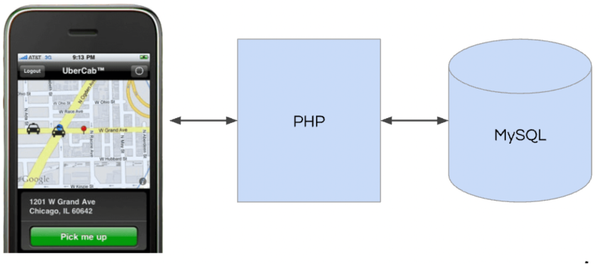What's your scalability plan?
The Anonymous scaling plan was relatively simple and direct:
My two cents on what I'm using to start a website from scratch using a single server for now. Later, I'll scale out horizontally when the need arises.
Phase 1
Phase 2
Phase 3
Phase 4
Depending on my load & usage patterns, scale out the database horizontally with an additional server. I don't expect the db to be a bottleneck for my website as only metadata info is stored there. I'll mostly be serving images stored on the file system. Possibly separate Varnish / Memcached / Lighttpd tier into separate tiers if necessary. But I'll carefully evaluate the situation at this point and scale out appropriately and use CDN for static content if necessary.
Phase 5
Phase 6
The important point is that I know how to scale each layer when/if the need arises. I'll scale the individual machines when necessary and scale horizontally too.
In previous post we also read where ThemBid has a nice simple scalability plan too :
The great insight ThemBid had was to use monitoring to predict when performance is hitting a limit so you can take action before the world ends. Take a look at Monitoring for some options. Some examples of how monitoring is used: Feedburner Architecture, Scaling Early Stage Startups, Thembid Architecture, Flickr Architecture, Ebay Architecture.
Most problems are pretty predictable, especially if you read this site. Have a plan in mind for what you want to do when you grow. You don't have to do all now, but make the path easier by starting in the right direction now. You'll also be much less stressed when all hell breaks loose.


